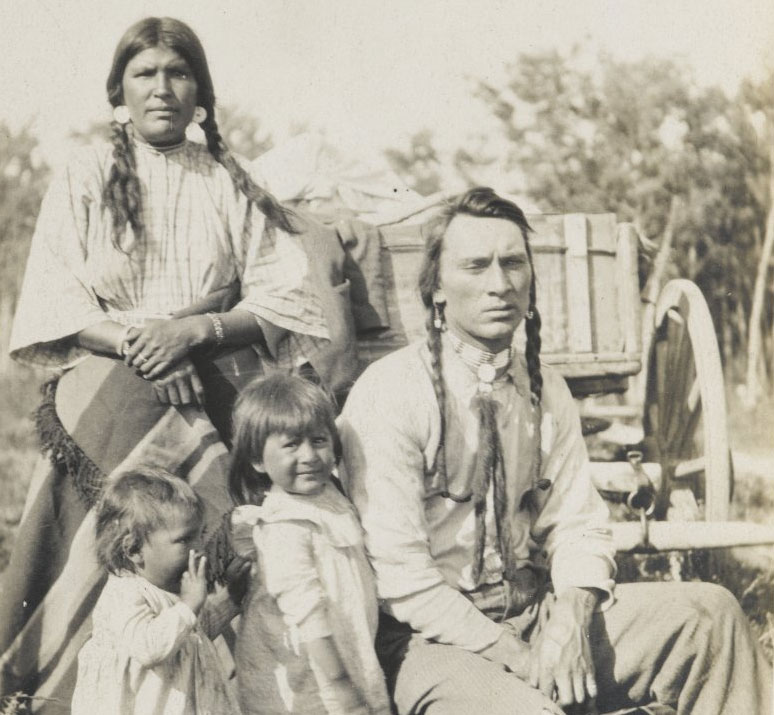Ask a historian: What happened to Brooklyn’s Native American tribes?

Denny from Canarsie asked: What happened to the Native American tribes of Brooklyn? Are there any descendants? Are there any Native American communities in New York City?
Good question. They left behind their names but no addresses.
Most succumbed to displacement with newcomers supplanting the original natives, often attacking their communities. In other instances, they sought greener pastures in new neighborhoods. In one occasion, they were cheated out of their land.

Brooklyn Boro
View MoreNew York City’s most populous borough, Brooklyn, is home to nearly 2.6 million residents. If Brooklyn were an independent city it would be the fourth largest city in the United States. While Brooklyn has become the epitome of ‘cool and hip’ in recent years, for those that were born here, raised families here and improved communities over the years, Brooklyn has never been ‘uncool’.